How to Make Your Home Safer With Home Safety Mobility Aids
Caring for an aging parent comes with a lot of adjustments, and Home Safety Mobility Aids should be one of your chief priorites—especially for elderly parents that use a cane, walker, or wheelchair. A home that once felt comfortable can suddenly feel full of hazards, with narrow hallways, loose rugs, and poor lighting creating real dangers. The good news? A few smart changes can make a world of difference.
This guide walks through the best ways to create a safer space for seniors who rely on mobility aids. From simple tweaks like rearranging furniture to bigger upgrades like adding ramps and grab bars, these steps will help keep your loved one moving confidently and safely.
1. Assess the Home for Hazards
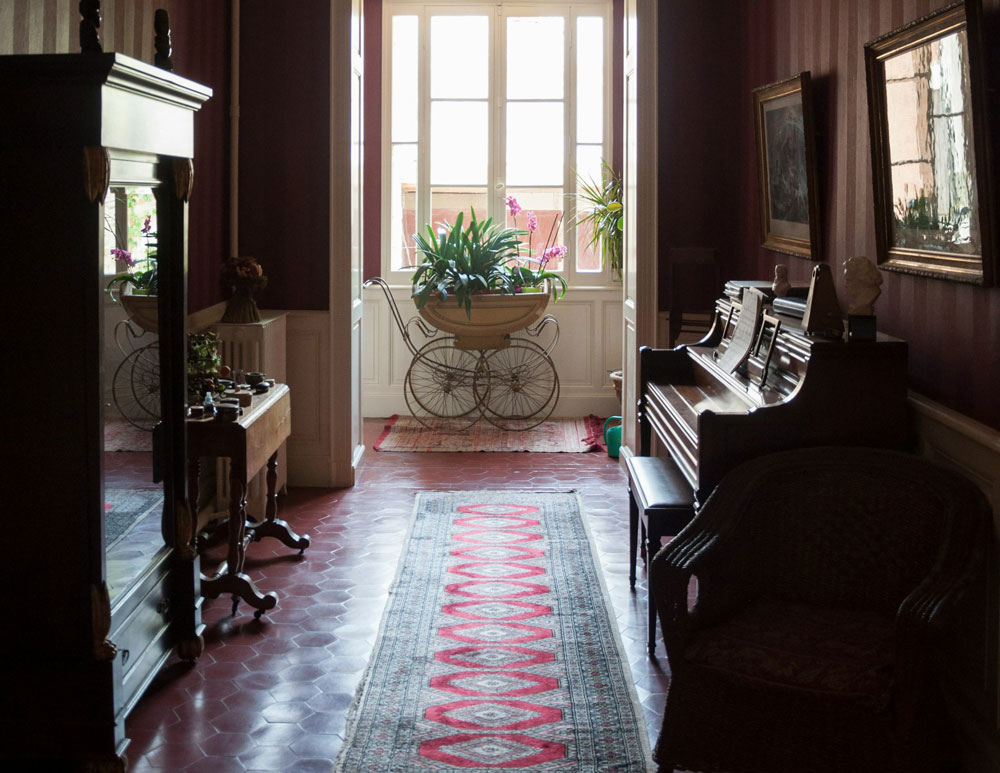
Before making any changes, take a slow walk through the house with fresh eyes. Look at it from the perspective of someone using a cane, walker, or wheelchair. Where are the biggest problem spots? Common issues include:
- Cluttered walkways – Shoes, cords, and small furniture can become serious tripping hazards.
- Uneven flooring – Loose rugs, worn-out carpets, or raised thresholds can be tricky to navigate.
- Poor lighting – Dim hallways and dark stairwells make it hard to see obstacles.
- Hard-to-reach essentials – Light switches, kitchen items, and bathroom necessities should be easy to access without stretching or bending.
Once you’ve identified the main trouble areas, it’s time to start fixing them.
2. Get the Right Fit for Mobility Aids
A home safety mobility aids that don’t fit properly can do more harm than good. Whether it’s a cane, walker, or wheelchair, making sure it’s adjusted correctly can prevent falls, back pain, and unnecessary strain.
For Canes & Walkers:
- The handle should be level with the wrist when standing upright.
- Elbows should have a slight bend (about 15 degrees).
- Rubber tips should be in good condition for better grip.
For Wheelchairs:
- The seat should be wide enough for comfort but not too wide to affect movement.
- Footrests should be adjusted so knees are at a 90-degree angle.
- Brakes should be checked regularly to make sure they hold properly.
A physical therapist or mobility specialist can help with proper fitting.
3. Clear the Pathways
Even the best home safety mobility aids won’t help if the house is cluttered. Keeping walkways clear is one of the simplest and most effective ways to improve home safety.
How to Make Walkways Safer:
Remove unnecessary furniture – Less is more. Keep only what’s essential.
Secure loose rugs or get rid of them – If a rug is non-negotiable, use double-sided tape or a non-slip pad underneath.
Tidy up cords – Power cords should be secured along walls or tucked away in cord organizers.
Keep frequently used items within reach – Avoid unnecessary bending or stretching.
This step alone can significantly reduce fall risks and make the home easier to navigate.
4. Improve Lighting Throughout the House
A well-lit home isn’t just about comfort—it’s about safety. Poor lighting makes it harder to see obstacles, especially at night.
Ways to Brighten Up the Home:
- Use LED bulbs – They’re brighter, longer-lasting, and more energy-efficient.
- Install motion-sensor lights – Great for hallways, bathrooms, and stairwells.
- Add nightlights – Plug them in near beds, hallways, and bathrooms to prevent nighttime falls.
- Make light switches accessible – Consider installing rocker-style switches that are easier to use.
No one should have to fumble in the dark, especially if they rely on a mobility aid.
5. Install Essential Safety Features
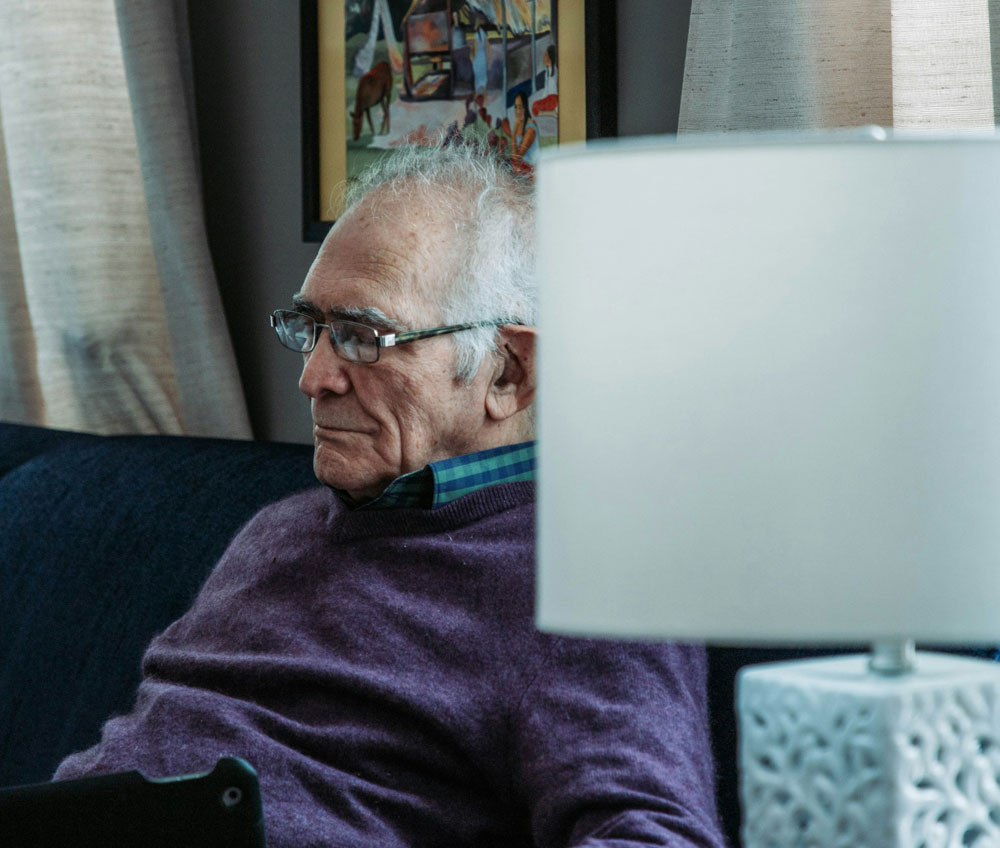
Small upgrades can make a big difference when it comes to home safety. The bathroom, stairways, and entryways are some of the most common places where seniors struggle with mobility aids. Adding the right safety features can help prevent slips, trips, and falls.
Bathroom Modifications:
- Grab bars near the toilet and shower – These provide stability and make it easier to sit and stand.
- Non-slip mats inside and outside the shower – Wet surfaces are a major hazard.
- Shower chair or bench – Helps reduce the need for standing too long while bathing.
- Handheld showerhead – Makes it easier to shower while seated.
- Raised toilet seat – Reduces the distance when sitting down and standing up.
Staircase Enhancements:
- Install handrails on both sides – Many homes only have one handrail, but two provide extra support.
- Add stair treads or non-slip strips – Slippery wooden stairs can be dangerous.
- Consider a stairlift – If climbing stairs is becoming difficult, a stairlift might be a good option.
Entryways & Ramps:
- Widen doorways (if needed) – For wheelchair users, doorways should be at least 32 inches wide.
- Replace high thresholds – Raised doorway thresholds can be a tripping hazard. Consider leveling them out or adding a small ramp.
- Install an outdoor ramp – If steps are difficult to manage, a ramp with a gentle incline can make entrances and exits much easier.
6. Rearrange Furniture for Better Mobility
A well-organized home makes moving around much easier. When a mobility aid is in use, tight corners and crowded rooms can become a problem.
Tips for Creating a More Open Space:
- Reposition furniture – Leave at least 36 inches of clear space in walkways.
- Move frequently used items within easy reach – Avoid making seniors stretch or bend to get what they need.
- Secure heavy furniture to walls – This prevents tipping if someone leans on it for support.
- Avoid low tables and ottomans in pathways – These can be tripping hazards, especially at night.
Keeping the layout simple and clutter-free makes a home feel more open and safe.
7. Learn the Right Techniques for Using Mobility Aids
Even with the best home modifications, knowing how to use a mobility aid properly is just as important.
Best Practices for Canes and Walkers:
- Place the cane or walker slightly ahead before stepping forward.
- Keep the device close to the body for better stability.
- Walk at a steady, comfortable pace—don’t rush.
For Wheelchair Users:
- Avoid sudden, sharp turns.
- Lock the wheels before transferring to or from a chair.
- Be cautious on uneven surfaces, ramps, and thresholds.
A physical therapist can help teach safe techniques tailored to individual needs.
8. Keep Mobility Aids in Good Shape
A loose cane tip or a worn-out walker grip can turn into a serious problem. Just like a car needs regular maintenance, mobility aids should be checked often.
What to Look for:
- Canes & Walkers
- Worn-out rubber tips? Replace them for better grip.
- Loose screws? Tighten them to keep everything stable.
- Unsteady walker frame? Have it checked for alignment.
- Wheelchairs
- Tires should be properly inflated (for manual wheelchairs).
- Brakes should engage firmly.
- Seat cushions should be intact and supportive.
A quick monthly inspection can prevent accidents before they happen.
9. Use Smart Home Technology for Extra Safety
Technology can help make a home safer and more convenient for seniors with mobility aids.
Helpful Smart Home Upgrades:
Voice-activated lights – No need to fumble for switches.
Smart door locks – Easier to control without having to reach or bend.
Video doorbells – Lets seniors see who’s outside without getting up.
Automated thermostats – Adjusts temperature without needing to get to the control panel.
These small upgrades can add a layer of convenience and independence.
10. Get the Whole Household Involved
A safe home isn’t just about modifications—it’s also about teamwork. Everyone in the household should be aware of potential hazards and be mindful of keeping spaces clear.
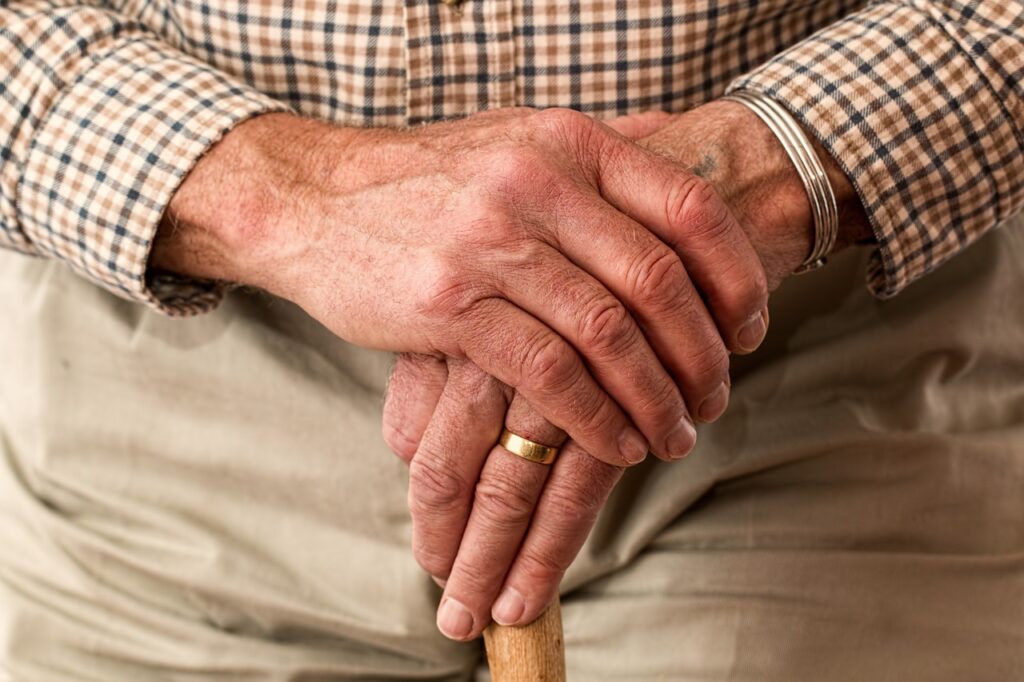
Ways to Make It a Group Effort:
- Teach family members what to look out for – Tripping hazards, spills, or poor lighting.
- Keep high-traffic areas clear – No shoes, bags, or clutter in hallways.
- Have regular check-ins – Walk through the home together to make sure everything is still safe.
When everyone pitches in, it creates a safer and more supportive environment.
Final Thoughts
Creating a safer home for a senior using home safety mobility aids doesn’t have to be overwhelming. Start with small, practical changes—like clearing walkways and improving lighting—before moving on to bigger upgrades like grab bars and ramps.
The goal is simple: reduce fall risks, improve mobility, and help your loved one stay independent for as long as possible. With the right adjustments, their home can continue to be a safe and comfortable place to live.
FAQ: Making Your Home Safer for Walking With a Mobility Aid
1. What are the most important changes to make for home safety with a mobility aid?
The biggest priorities are clearing walkways, improving lighting, and adding safety features like grab bars and handrails. Removing loose rugs, decluttering hallways, and widening doorways (if needed) also help prevent trips and falls.
2. How can I make stairs safer for someone using home safety mobility aids?
Install handrails on both sides of the staircase, add non-slip stair treads, and make sure the area is well-lit. If stairs become too difficult, consider a stairlift or a ramp as an alternative.
3. What type of flooring is safest for mobility aids?
Hardwood, vinyl, or low-pile carpet are good options because they’re smooth and easy to navigate. Avoid thick carpets, loose rugs, and slippery tile. If rugs are necessary, use non-slip backing or tape them down.
4. How do I know if a walker, cane, or wheelchair is the right fit?
A properly fitted mobility aid should feel comfortable and provide stability. For canes and walkers, the handle should line up with the user’s wrist when standing straight, and the elbows should bend slightly. For wheelchairs, the seat should be wide enough for comfort, and footrests should be adjusted so the knees form a 90-degree angle. A physical therapist can help ensure the best fit.
5. Are there smart home upgrades that can improve safety?
Yes! Voice-activated lighting, smart door locks, video doorbells, and automated thermostats can make daily tasks easier without unnecessary movement. Motion-sensor lights are also great for nighttime safety, especially in hallways and bathroo

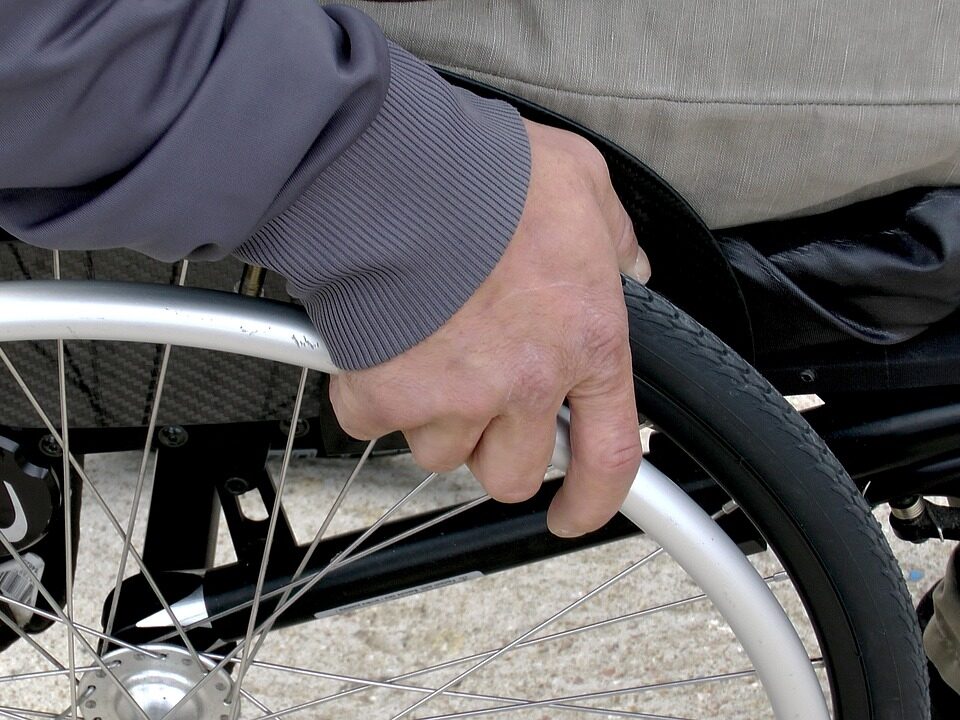

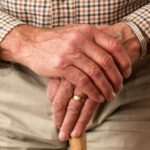
1 Comment
Transform Your Home with Better Lighting for Older Loved Ones
3 weeks ago[…] Hallways and staircases are common fall zones, especially when lighting is poor. Shadows, uneven lighting, and missed steps can be dangerous. The goal here is consistent, bright lighting that eliminates dark spots and improves depth perception. […]